Den Ausgangspunkt für die Einzelausstellung The Tourist bilden flüchtige Skizzen, die als Entwürfe für potenzielle Malereien dienen. Die eingescannten, digitalen Versionen dieser Entwürfe wurden an verschiedene Online-Fotodruck-Anbieter geschickt und den algorithmischen Launen ihrer Software überlassen. Anschließend wurden die Handzeichnungen vernichtet und die entstandenen Leinwände per Paketdienst in den Ausstellungsraum geschickt. Hier wurden sie mit Matratzenmustern konfrontiert, die — ihrer eigentlichen Funktion enthoben — als Displays für Polaroid-Testbilder dienen. Die Fotografien wurden für diverse Museums- und Privatsammlungen sowie Auktionshäuser aufgenommen und stammen aus einem stillgelegten Fotostudio, dessen Inventar der Künstler aufgekauft hat. Sie zeigen, den von Eingabemasken beschnittenen Fotoleinwänden nicht unähnlich, Ausschnitte und Ansichten verschiedener Kunstwerke in unterschiedlicher Schärfe und Tonwerten und dokumentieren die technische Herangehensweise des Fotografen an das jeweilige reproduzierte Objekt.
“Hi, do you know what day it is today?“ “Friday.“ “Yes, Friday, that’s my name. Today is my name.“ A broad grin spread across his face. “Can I take your picture?“ I laughed and was amused that he would want to take my picture. When he showed me the picture I couldn’t really see anything, the mobile phone was small and old and the sun stood low on the horizon. “You like it?” “Yes, I like it.” I wanted to be polite and was relatively certain that it would be a good photo. Friday laughed at this loudly . “Look, look. There’s no picture. My phone has no camera!” In the place where only seconds ago I thought I had seen the contours of my face there was nothing but the crude drawing of a stick figure. After that, both of us were laughing.
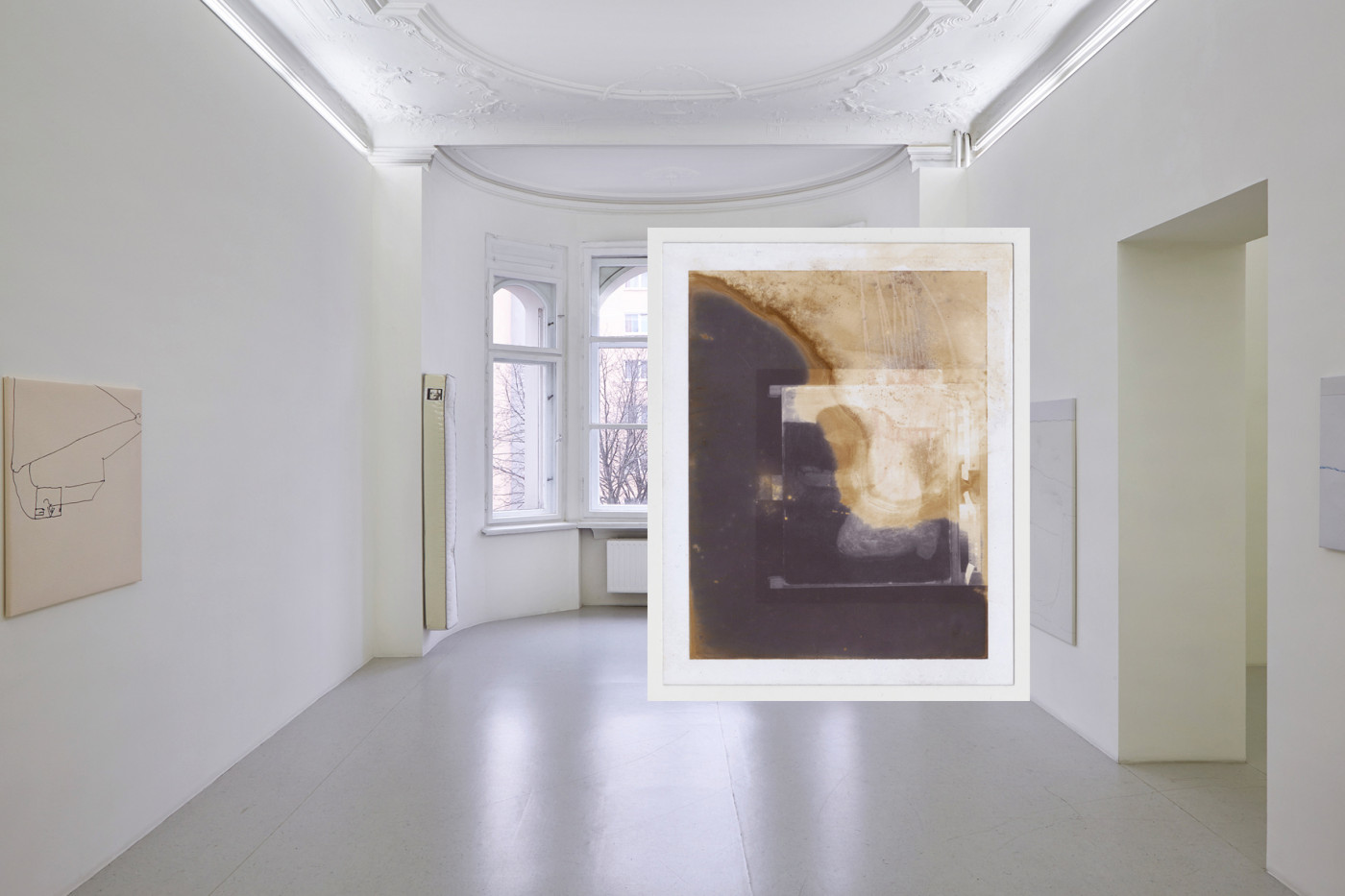
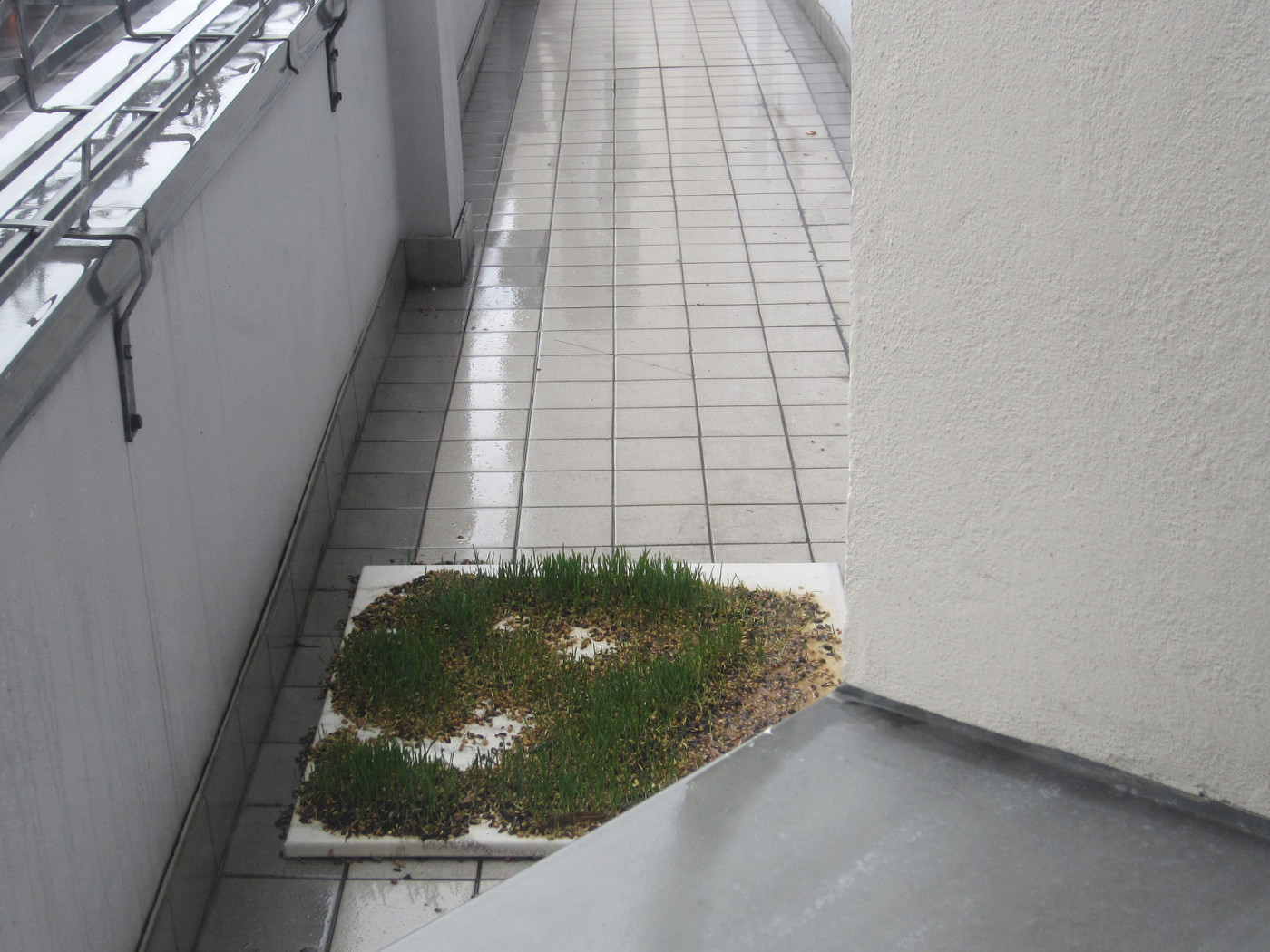
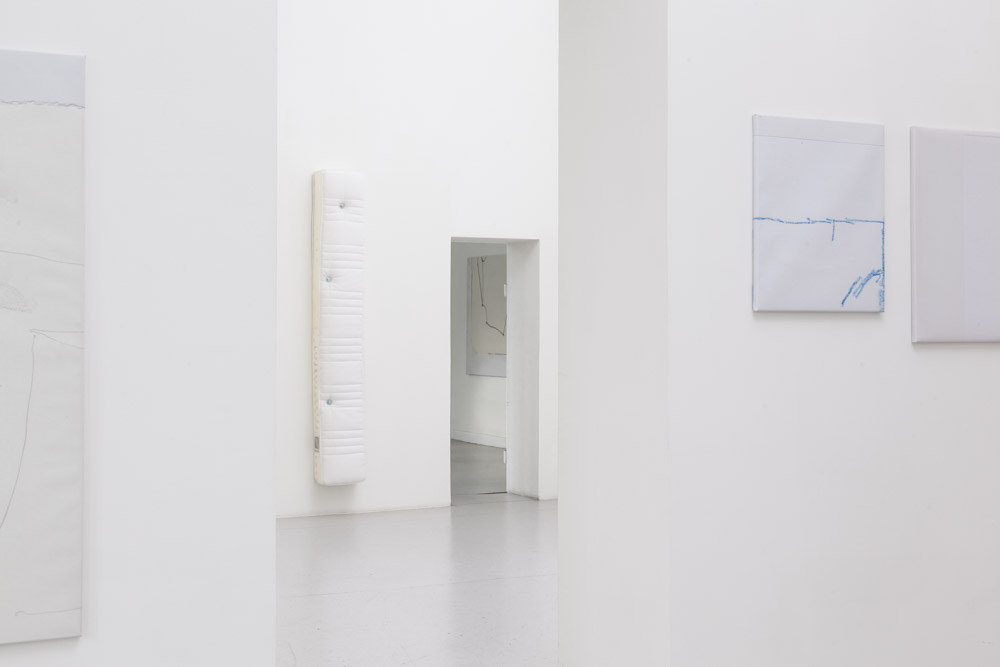
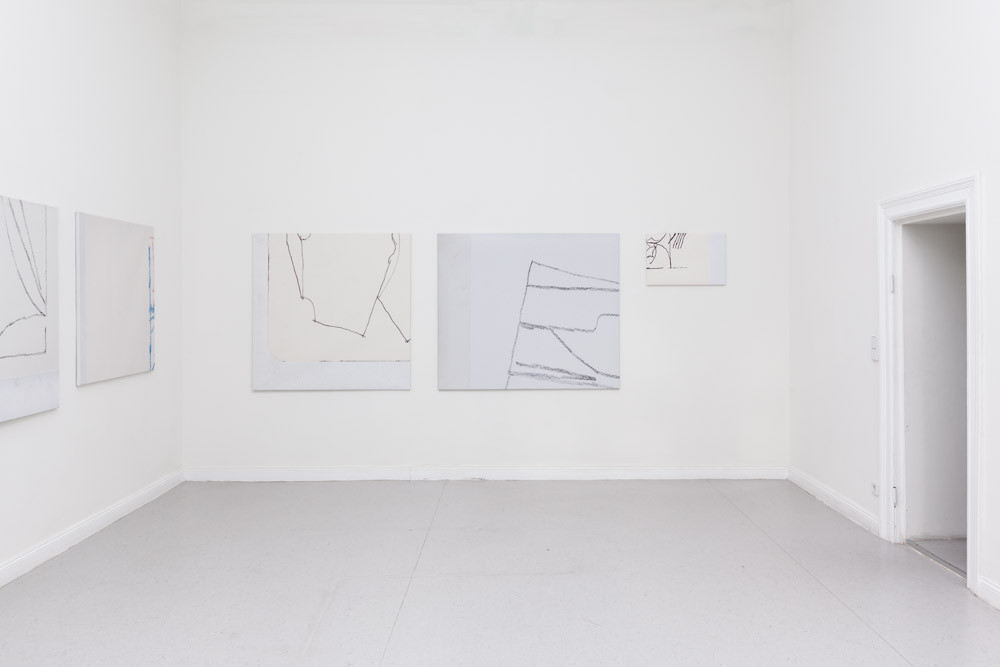
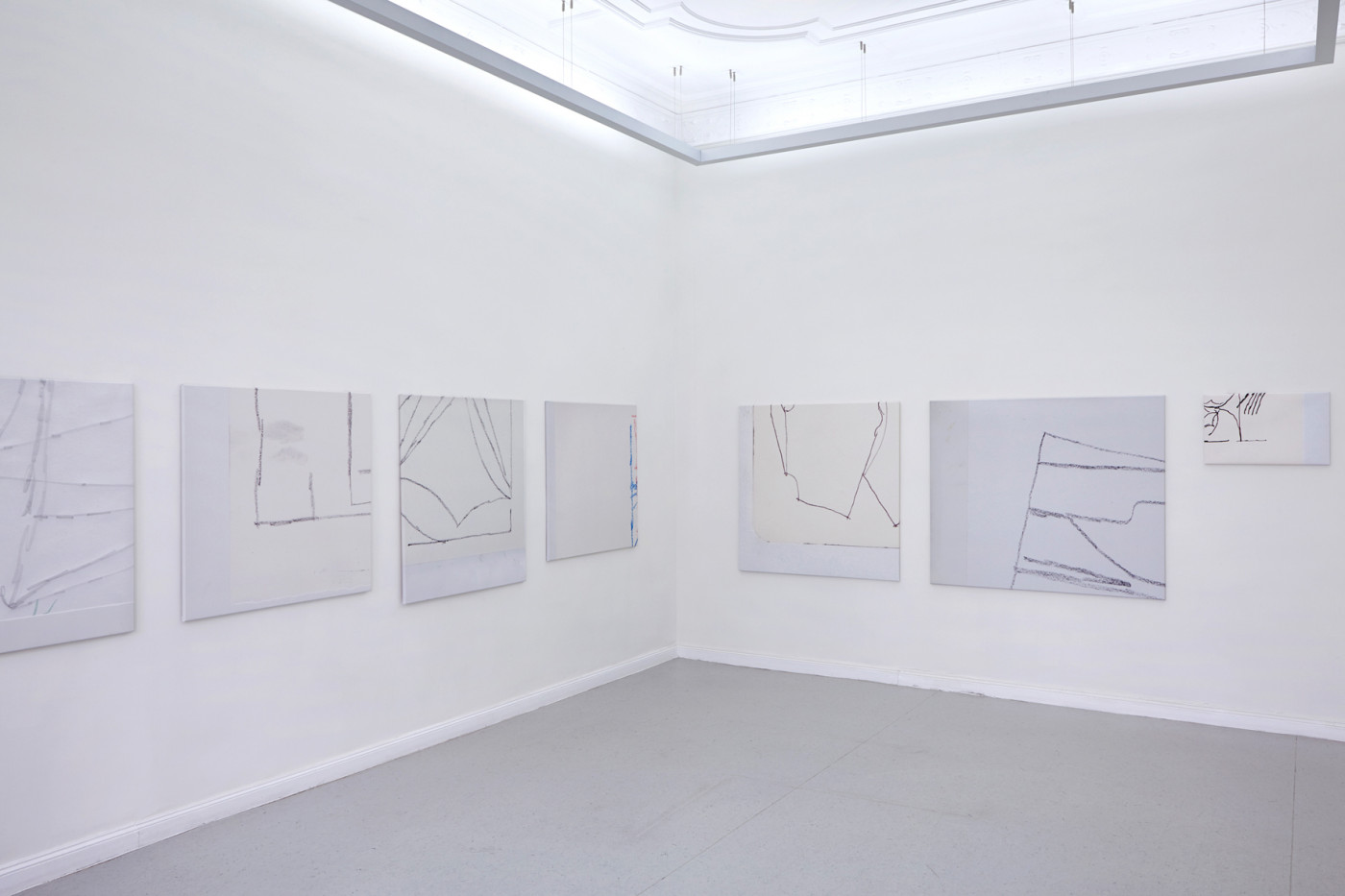
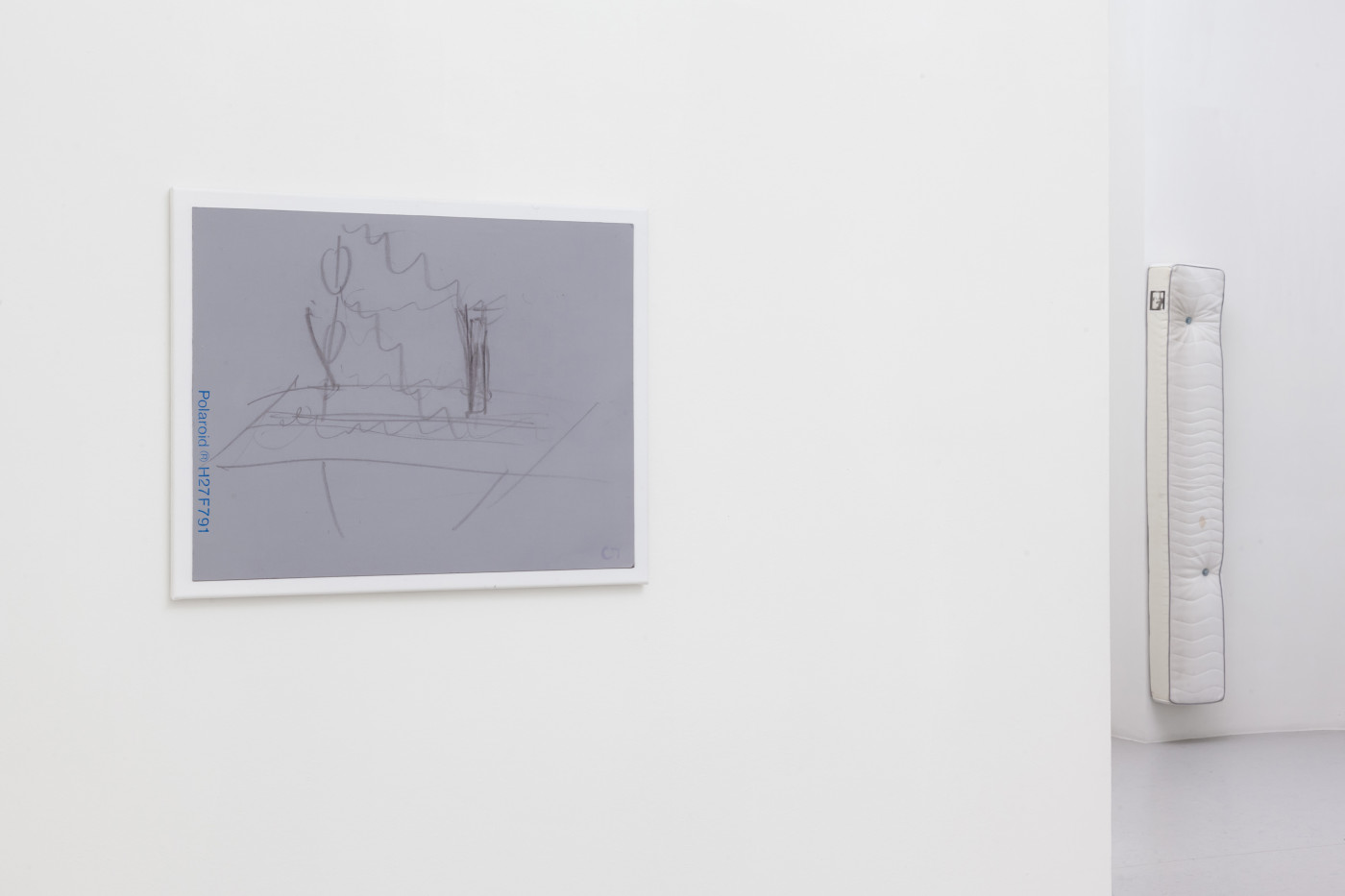

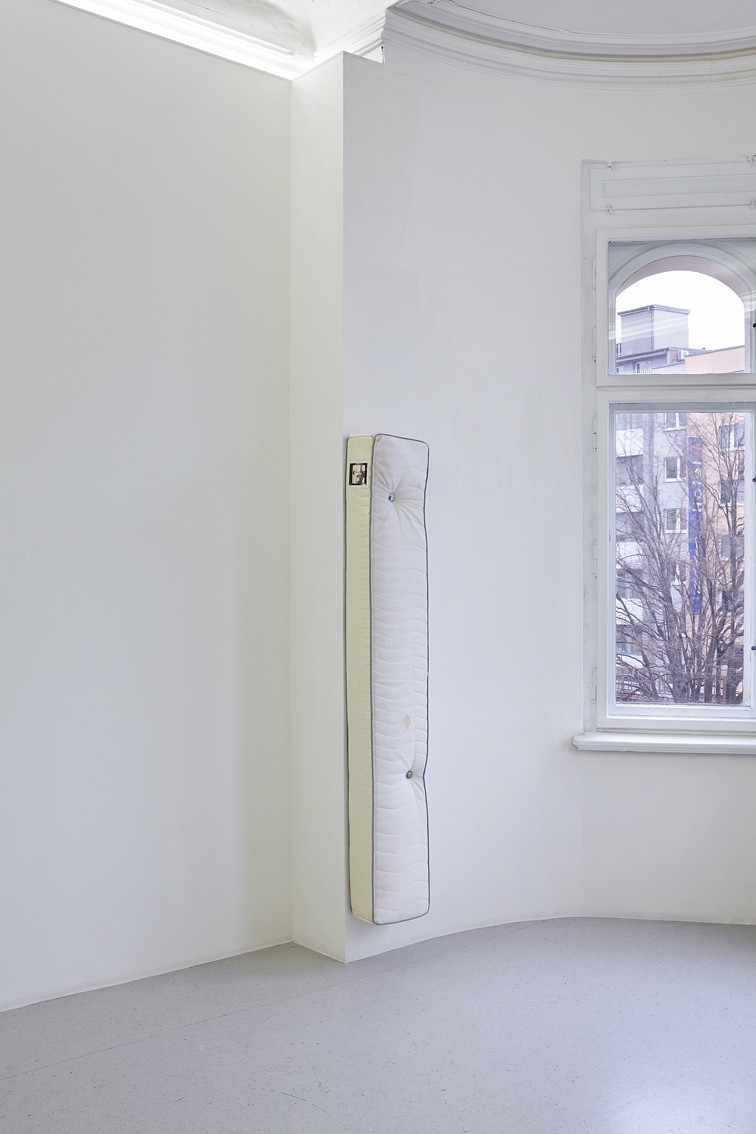
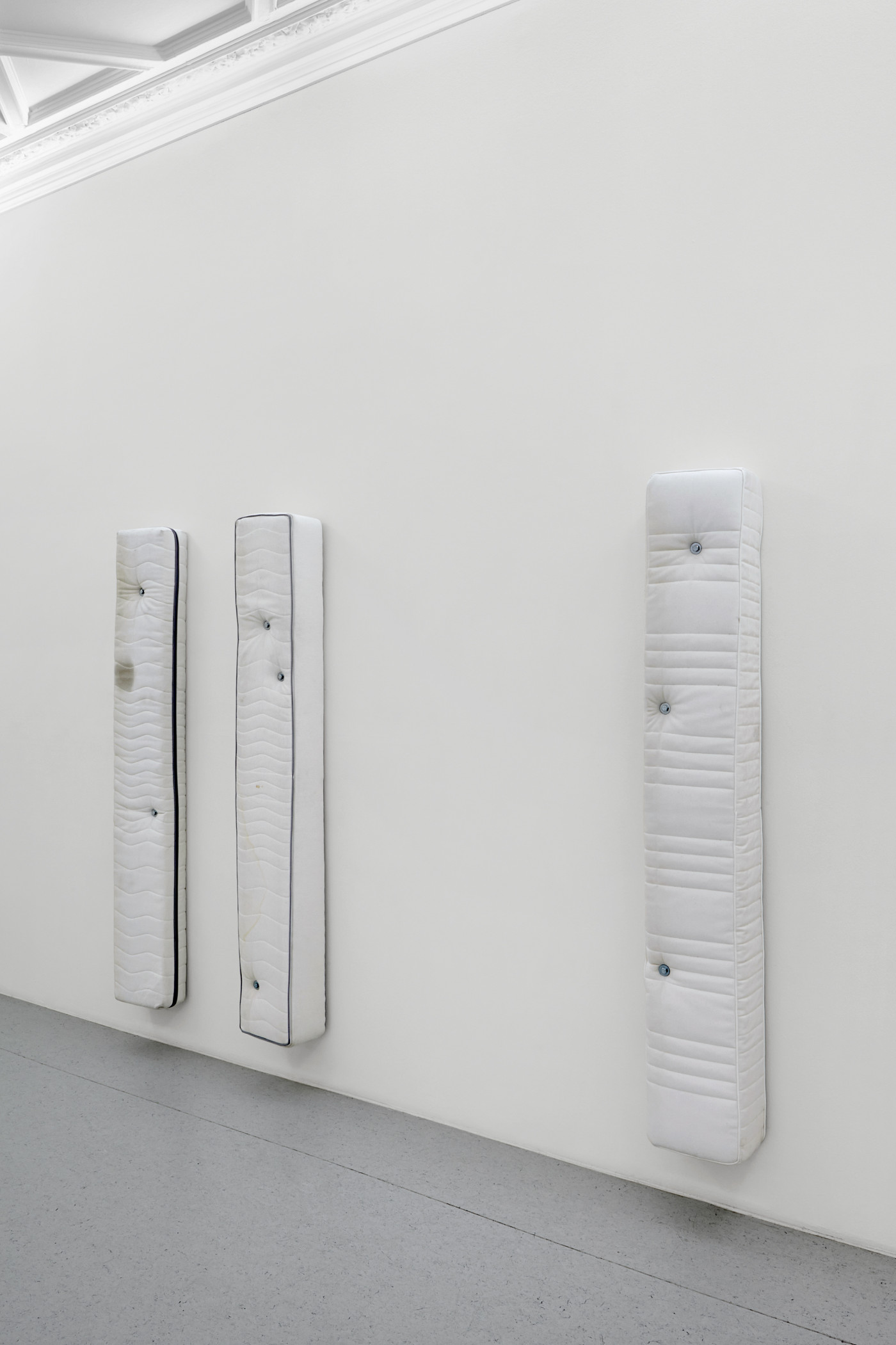
The point of origin for the solo exhibition The Tourist consists of cursory sketches intended as drafts for potential paintings. The scanned digital versions of these drafts were sent to various online photo printing providers and subjected to the algorithmic contingencies of their software. The manual drawings were then destroyed and the resulting canvases sent to the exhibition space via parcel service. They are confronted with sample mattress pieces functioning as displays for Polaroid test images. The photographs originate from a defunct photo studio, whose inventory the artist has bought out. They were taken for various museum and private collections as well as auction houses. They demonstrate, not unlike the formulaically cropped printed canvasses, cutouts and views of several art works in varying sharpness and tonal values and document the technical approach of the photographer toward the particular reproduced object.